Growing up in the lush landscapes of Holland and working in the garden with her mother helped define La Scarlatte’s beautiful, intricate, botanical illustrations.
Now creating as a new mother she is inspired by how animal mothers care for their young. We met up at her dreamy home studio in Haarlem to find out more.
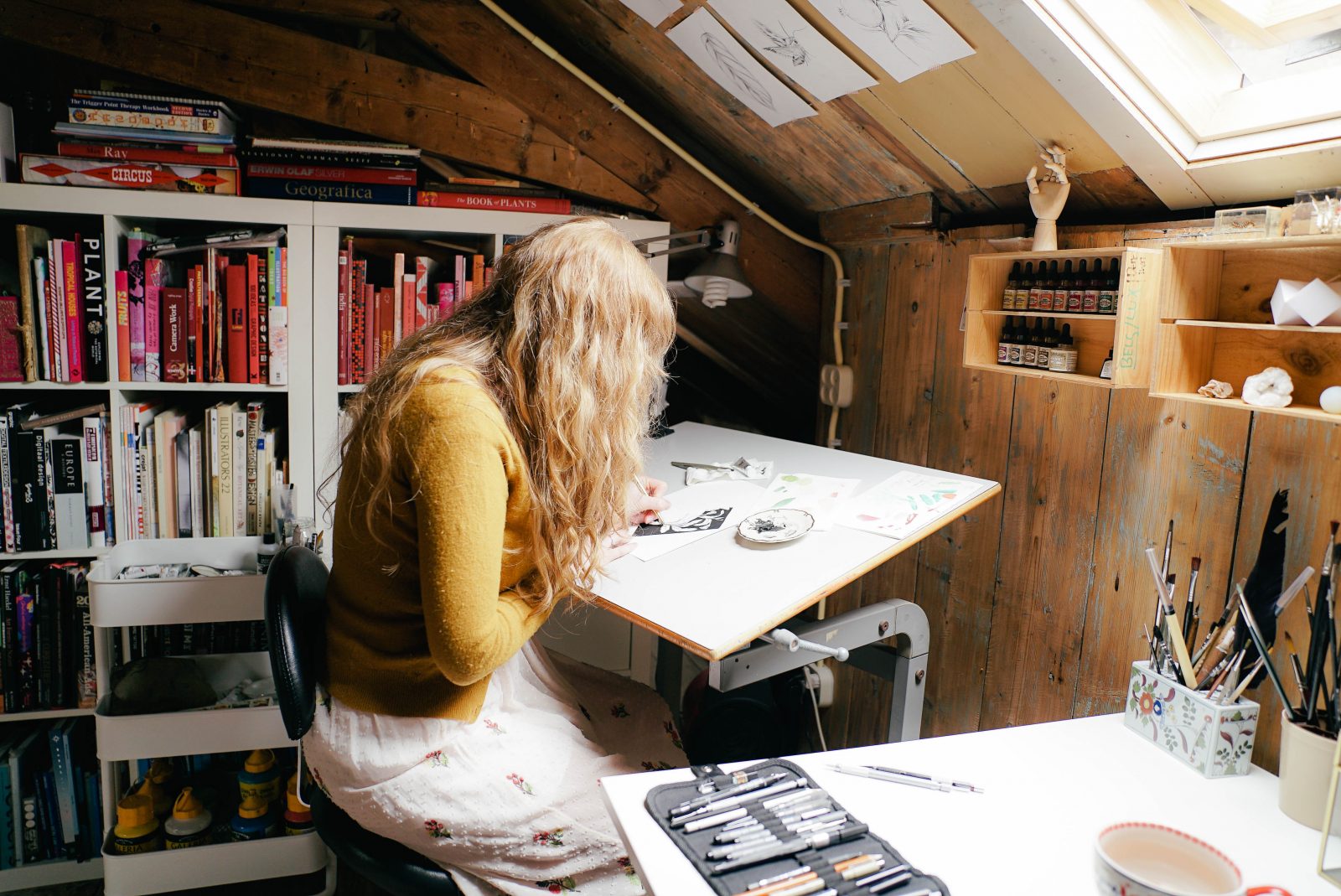
How did you land on your own style? What was the process of figuring out what you wanted it to look like?
I was always studying things, drawing from life. Pencil was my favorite because you can use it to create the tiniest details. When I went to art school I tried all kinds of different materials and I loved acrylic paints and watercolour for a while. I also tried quite a few different styles but always came back to the thing I loved most, which is drawing and painting in detail. It’s difficult to choose one style or theme, so I had a portfolio with all kinds of options, but when I visited another illustrator that was already known for his signature work he said; “Your botanical work shows your love for art the most, it stands out from the rest of your work. And you are your work; you wear florals, everything about you breathes plants and flowers. Take this style and develop it.” So I did, and it was the best advice I ever got.
The biggest thing I’ve noticed being in Amsterdam and Haarlem is the insane amount of flowers and plants, it’s like nowhere else I’ve been. How does living in Holland affect or inspire your work?
Because I grew up in Haarlem, which is really close to woodlands, dunes, and the sea I actually yearned to move back after 17 years of living in Amsterdam. For me it wasn’t green enough. Now that I moved, I’m so happy to have a big roof terrace and am growing my own flowers and vegetables. It’s important to have flowers in your garden, not only because they lighten every mood but also because having bees around is vital to the ecosystem.
My inspiration mostly comes directly from my surroundings. When I grew up my mother was always in the garden and I drew all the plants she pointed out to me and explained about. When I create personal pieces, I use animals that live here or plants that grow here a lot, but I also like to travel a lot and whatever I encounter I photograph for later use. The Netherlands is a country that trades flowers, so I’m very lucky to be able to buy all kinds of flowers to study just around the corner.
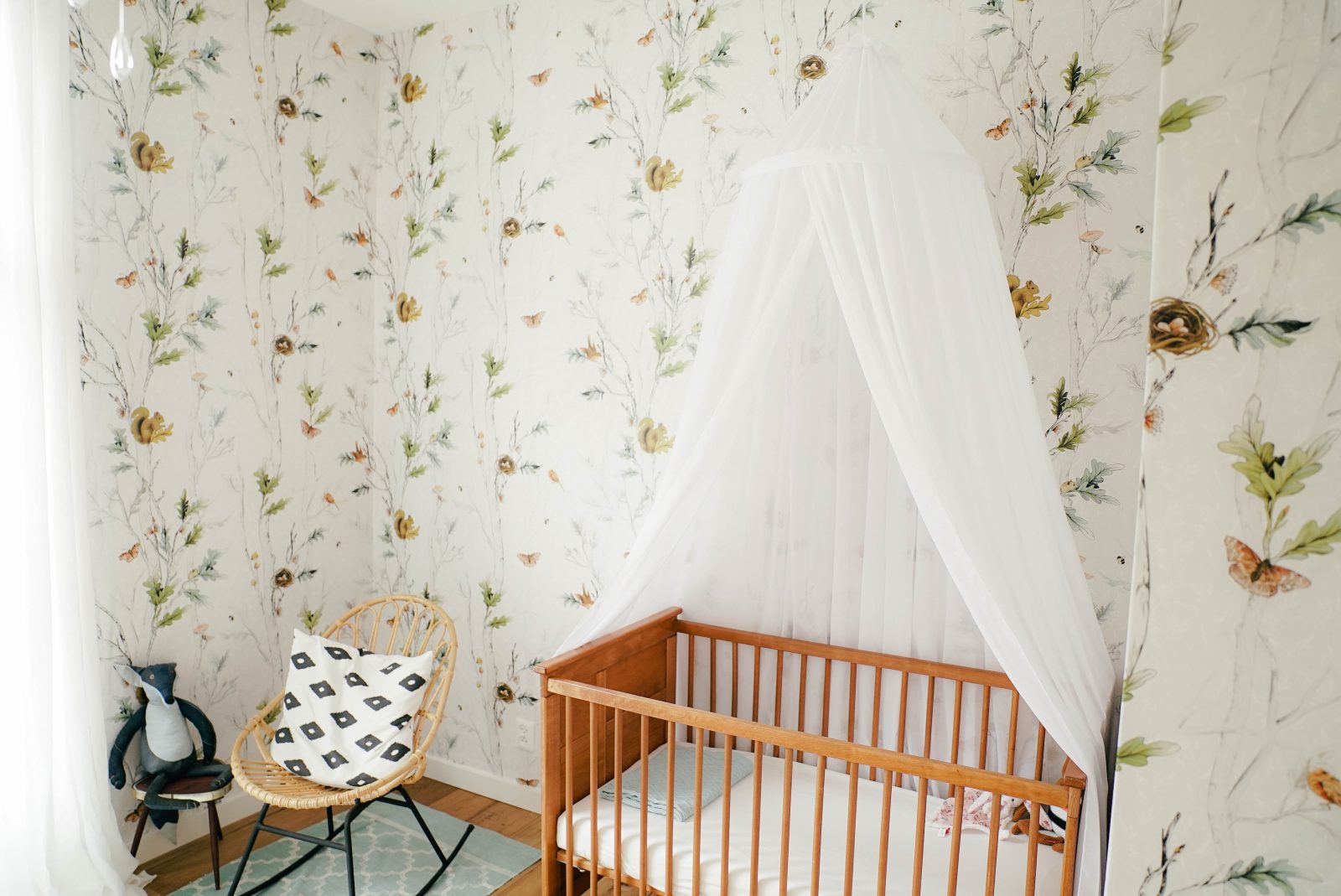
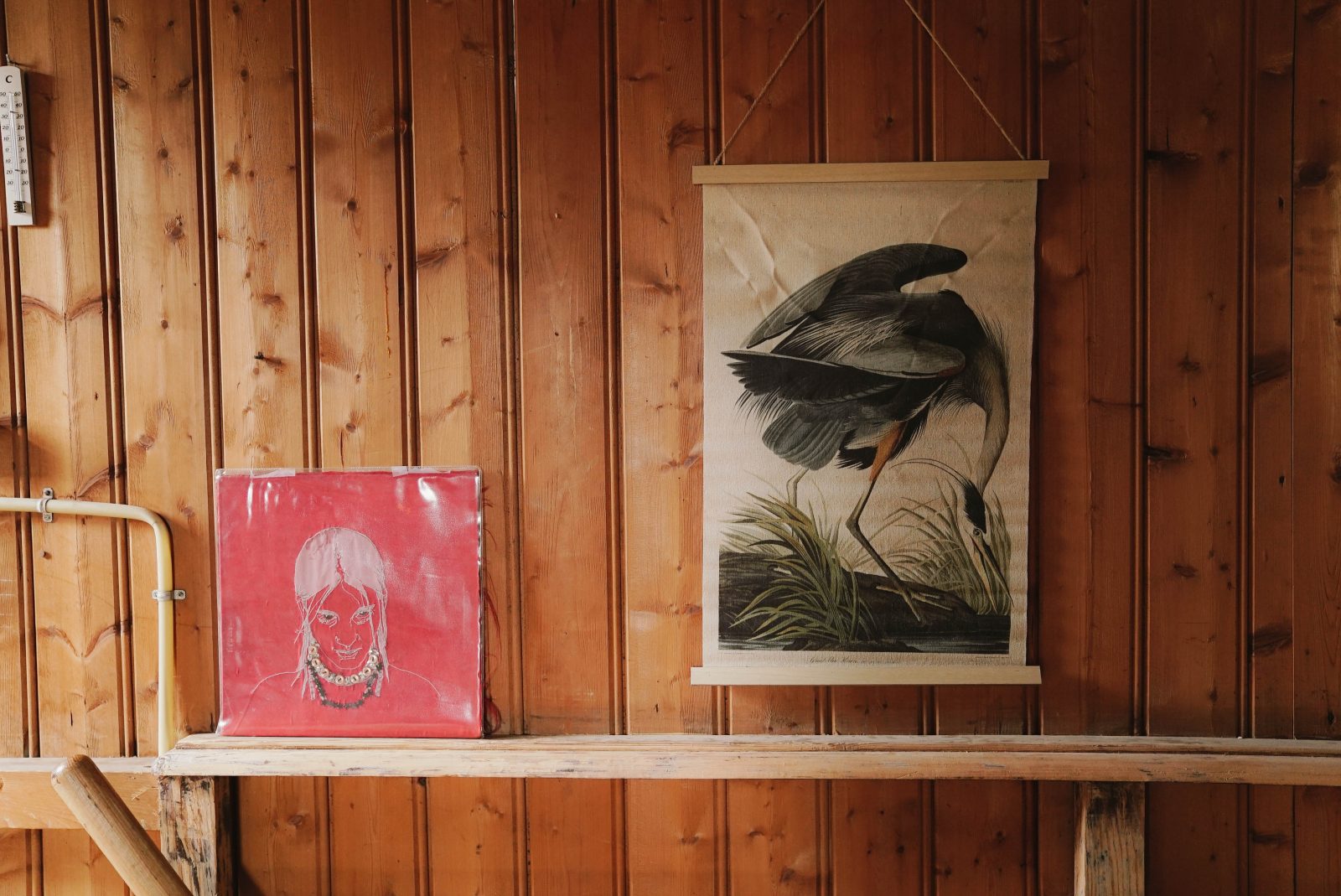
What is your creative process like? How do you go from idea to finished product?
It depends if I work for clients or if I do personal work but I always start with thinking either of the brief or thinking of a theme. I scribble little things in my sketchbook (ideas, words, tiny basic sketches) and do some research online about specific themes. I then decide on the elements in the artwork and research them in books or online.
The sketching part for the final piece is usually done on monitor tablet (I use a Wacom Cintiq 22HD), because I like being able to add or remove parts of the sketch in the computer and coming back to parts if I want to. It’s much faster and has more options for you to keep. After sketching I trace my sketch with a lightpad and create the final drawing(s) by hand. Sometimes it’s one final artwork, sometimes loose elements (for instance when creating a pattern, individual elements are much more practical). For gallery work, at the moment I’m trying to keep the computer away, so I paint and draw everything by hand, if it’s for a client I scan the pencil or pen drawing and color it digitally in Photoshop.
Do you choose the plants and animals you draw for symbolic reasons or is it more of a visual decision?
When I started as an illustrator I mostly chose stuff for visual reasons, but when researching different plants I got more and more into the medicinal/healing side, and nowadays I like to use a lot of animals for the way they behave and plants for their symbolic or healing abilities.
What are some of your favorite client projects you’ve done? How does this differ from your personal work?
I like it a lot when my illustrations are made for products, like food or interior products, or book covers. Because this way it has a purpose, it helps the identity. Creating a collection of patterns for Partylite scented candles was a lot of fun, but also patterns for 10Feet Fashion or illustrations for the catalog and window displays of Kendra Scott’s autumn ’17 collection.
To me, personal work has much more storytelling layers to it, it gives you the opportunity to let people experience your thoughts or ideas.
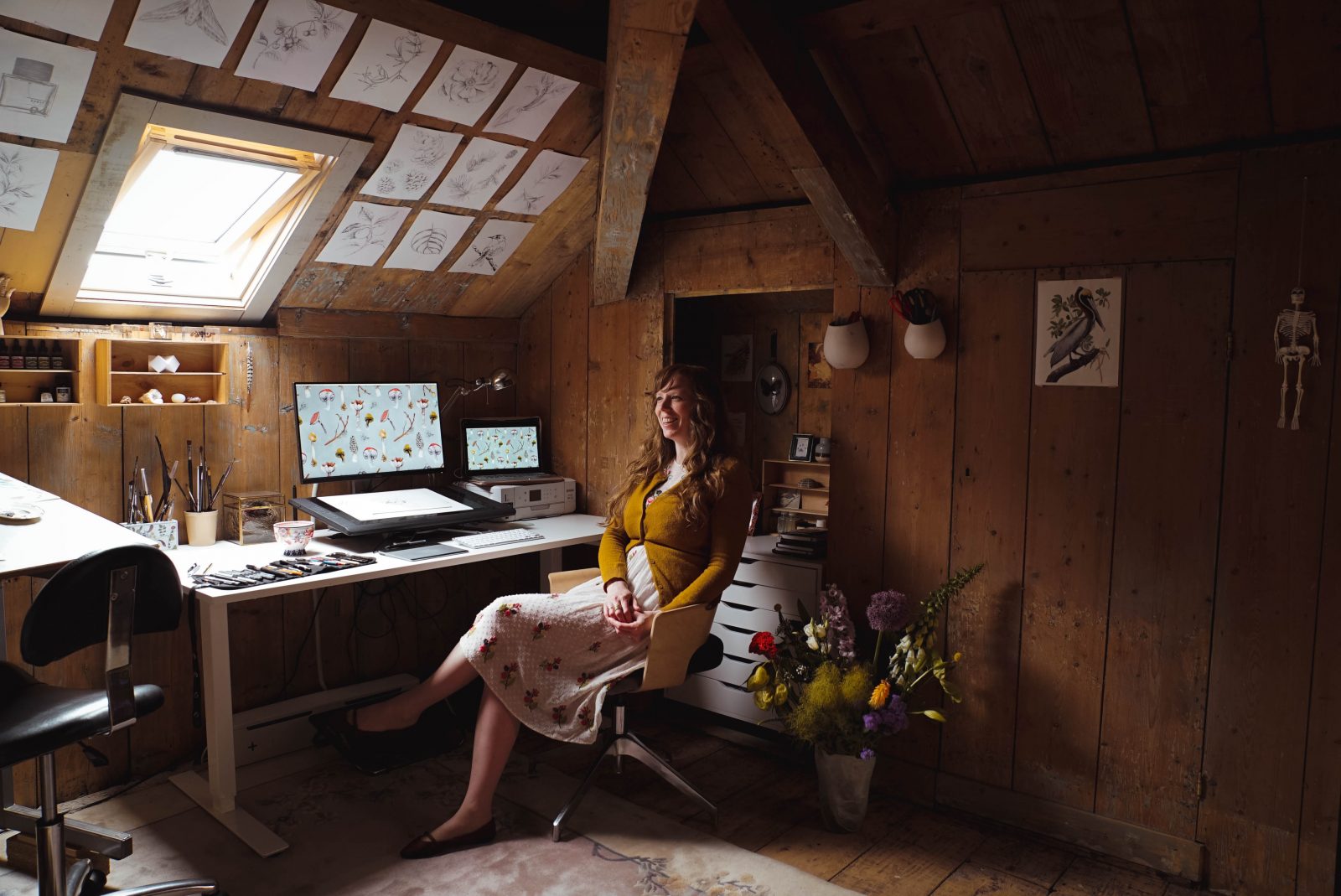
Tell me a bit about your upcoming show and how becoming a new mother is shaping that.
At the moment I’m working on a few pieces for Helikon Gallery. I have a 5-month-old daughter, and becoming a mother was life-changing for me, as it is for many mothers. The care and dedication it takes is beautiful, but also scary and demanding. It was all a bit overwhelming for me and getting back to work was hard, so I started to research motherhood in animals; how they protect and care for their young and what kind of decisions they make for their young to survive. It turns out even the tiniest mouse can have postpartum depression, and many animal mothers risk their own lives – for instance, a female rabbit avoids her nest for about 25 days, not because she’s selfish, but to protect and make sure would-be predators pick up on her scent rather than the scent of her young. It’s fascinating to find out that actually a lot of things in life involve mothers taking care of their babies, no matter how young or old they are, and that it influences every living animal on the planet.
Who are some of your favorite Society6 artists?
Hard to choose! Hookieduke (Erica Williams) recently joined, I love her detailed ink work. I have an item from Aitch on my wishlist, she creates beautiful folklore inspired artwork with vibrant colours. And speaking of colours, Niky Motekallem’s intricate work has signature colour schemes that are hard to resist.
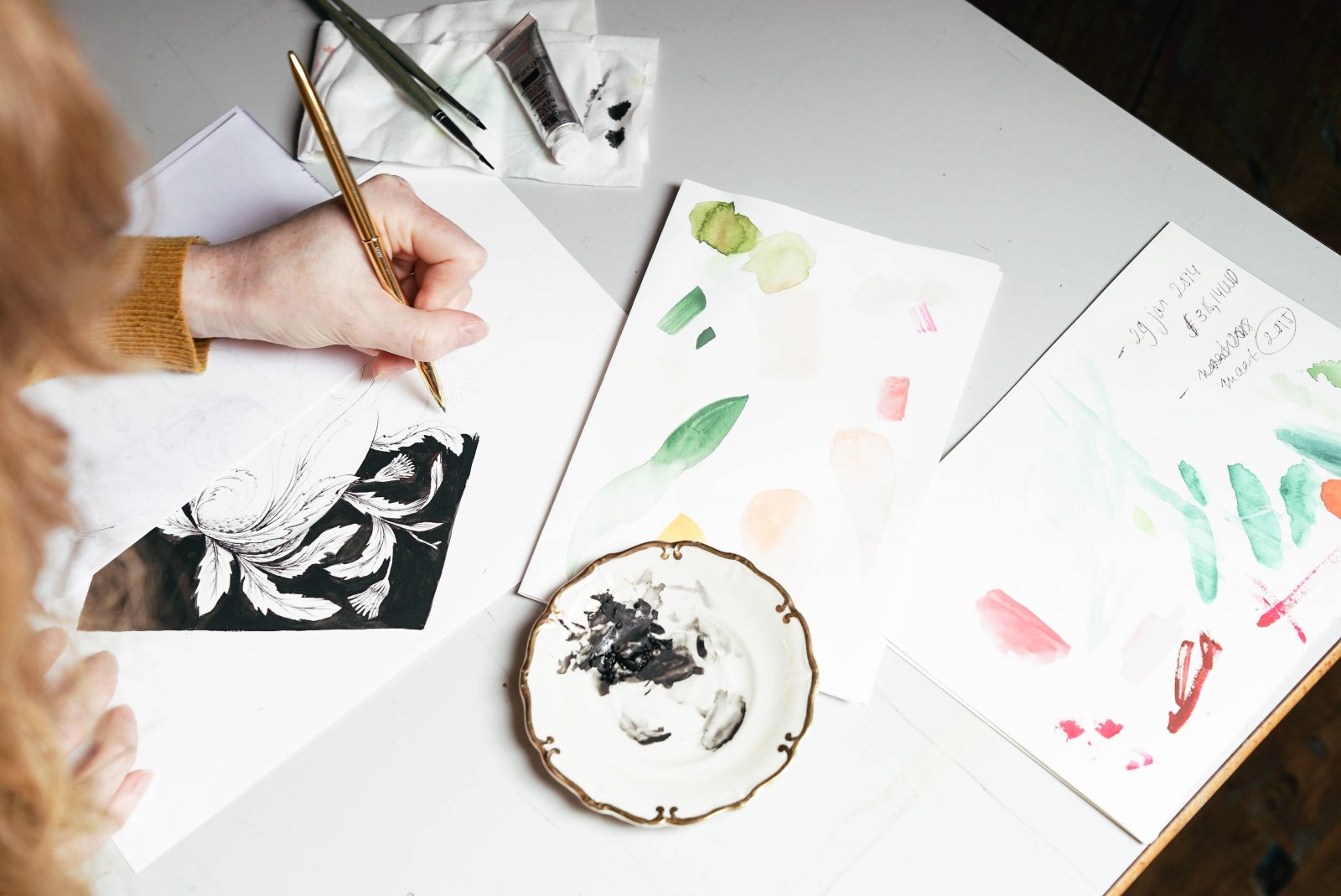
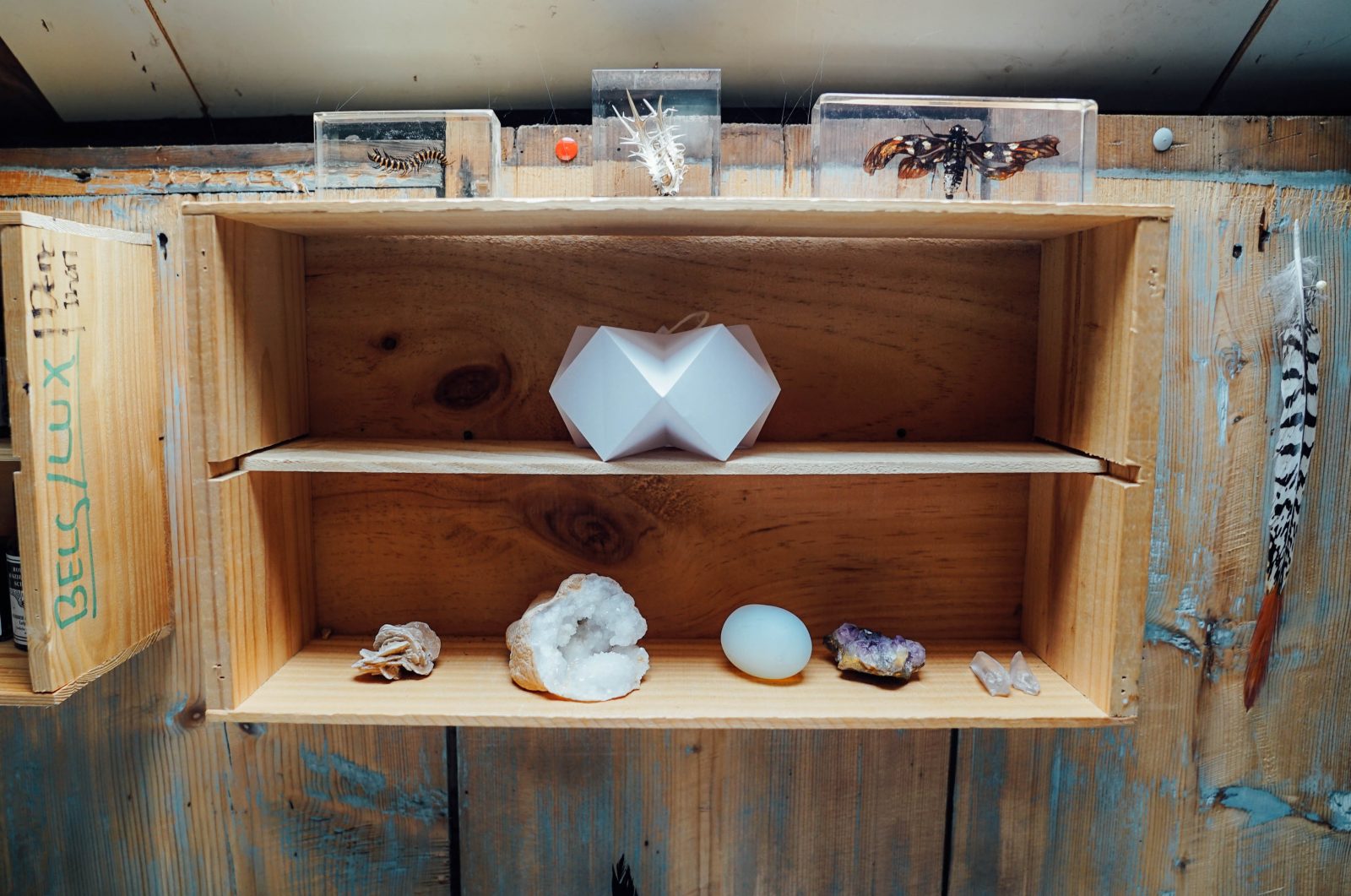
Photos and interview by Andrea Nakhla
Comments